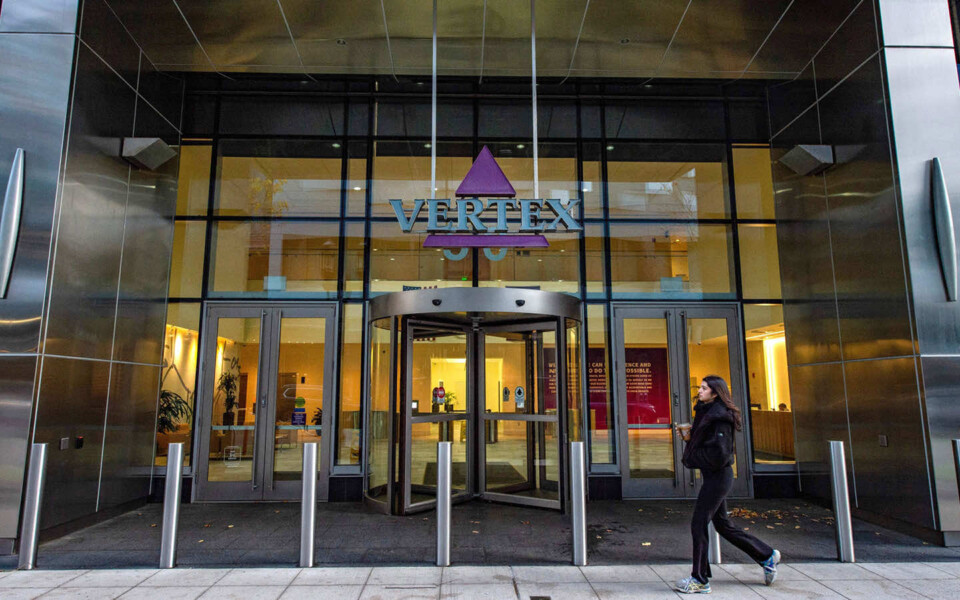The First Crispr Therapy Is Just the Start of the Gene-Editing Revolution
Editing DNA with the same ease as spell-checking a Word document is a scientific holy grail. It would allow debilitating and deadly genetic diseases to not only be treated, but cured. The US Food and Drug Administration’s approval on Friday of the first treatment using the Nobel-prize-winning technology Crispr is a medical milestone that puts that dream one giant step closer to reality.
Two companies, Vertex Pharmaceuticals Inc. and Crispr Therapeutics AG, are now cleared to sell the cutting-edge gene-editing treatment to potentially cure sickle cell disease. But Crispr’s real potential — fixing problematic genetic code inside of the body instead of in a lab — is still in the future.
“I’m looking a few years ahead, to when we can transcend this milestone,” said Eric Topol, a physician-scientist and director of the Scripps Research Translational Institute. “This is just the beginning.”
The therapy from Vertex and Crispr Therapeutics is a potential game-changer for sickle cell patients — by editing DNA to fix flawed red blood cells, it could leave patients disease-free. But the approach used by the two companies is widely viewed as a less risky application of Crispr. Rather than edit the mutation that is responsible for the disease in the body, the therapy involves removing blood stem cells and editing them in a lab “ex vivo,” or outside the body. Ex-vivo editing is considered safer; scientists can make sure they haven’t accidentally edited the wrong bits of DNA before transplanting the edited blood stem cells back into a patient’s body.
For Crispr to reach its full potential and cure other diseases that affect the brain, heart, lungs and other organs, researchers will need to safely edit genes “in vivo,” or inside the body. In vivo therapies would also potentially be far less complicated and strenuous for the patients. For the newly approved therapy, dubbed Casgevy, patients undergo chemotherapy to remove cells from the bone marrow so they can be replaced with the edited cells. It’s a painful and strenuous process.
On Friday, Vertex said the cost of its treatment would be $2.2 million per patient. That could reignite concerns about whether patients will be able to afford it. Many people who have sickle cell disease are on Medicaid, meaning cash-strapped states will need to decide whether they can afford to pay for hundreds – even thousands – of patients to get the one-time treatment.
And the safety risks of Crispr are not yet settled. The FDA said the companies have agreed to monitor patients who get the treatment for 15 years, a reminder that the new technology makes permanent changes to DNA and we don’t know the long-term impacts.
“What are the long-term effects, and are they truly predictable?” Doudna, a Crispr pioneer, biochemist at University of California at Berkeley and founder of the Innovative Genomics Institute said in an October interview. “If they are, that bodes well for opening up the pipeline to other diseases in the future.”


